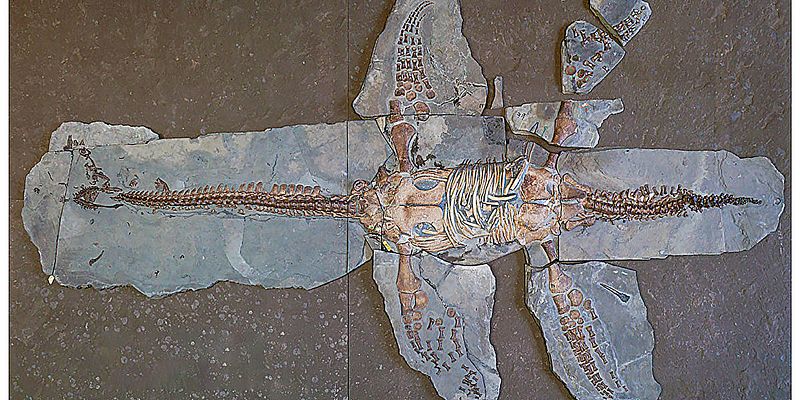
Just the facts
Plesiosaur Fossil Preserves Skin After 183 Million Years
Category: Science,
2025-05-30 23:58
A newly discovered plesiosaur fossil from southern Germany features exceptionally preserved skin, providing rare insights into the soft tissue anatomy of these ancient marine reptiles and offering new perspectives on their biology and evolution.
Researchers have discovered a 183-million-year-old plesiosaur fossil in southern Germany that includes exceptionally well-preserved skin. Plesiosaurs were large marine reptiles that lived during the Mesozoic Era, particularly in the Jurassic period. Typically, fossils from this era preserve only bones, as soft tissues like skin and muscle usually decompose before fossilization can occur. The new find is significant because it offers a rare glimpse into the soft tissue structure of plesiosaurs, which can inform scientists about the animal's appearance, how it moved, and how it may have interacted with its environment. The preservation of skin in this fossil challenges previous assumptions based solely on skeletal remains and could lead to revisions in how these creatures are reconstructed for scientific study and museum displays. The discovery also provides valuable data for understanding the evolution and adaptation of marine reptiles in ancient oceans.
Source parameters
Source scores
Importance: 80%
Interest: 85%
Credibility: 95%
Propaganda: 2%
Removed emotions: 2